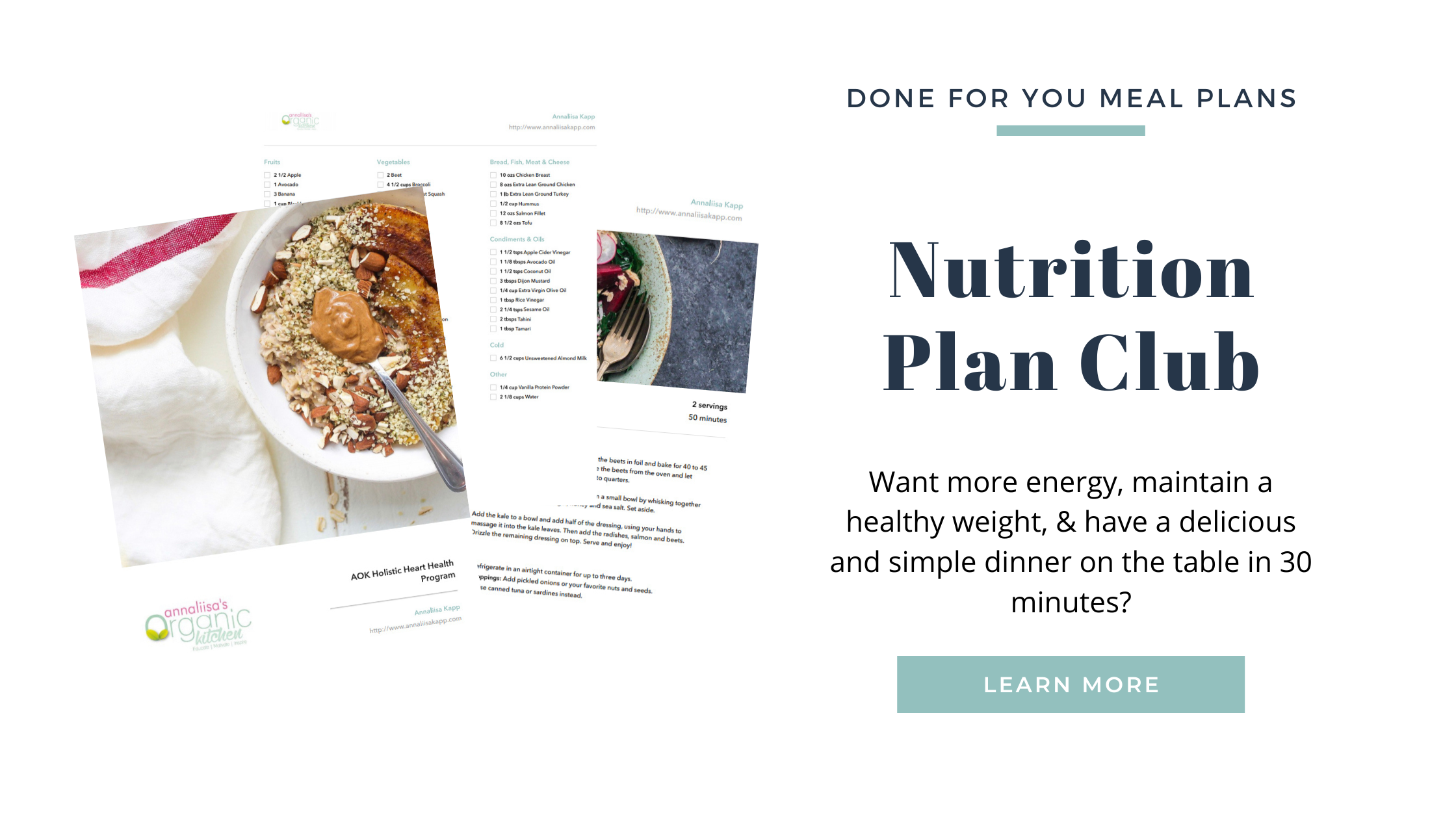
.
What is Metabolism?
This word “metabolism” is thrown around a lot these days.
You know that if yours is too slow you might gain weight. But what exactly does this all mean?
Well technically “metabolism” is the word to describe all of the biochemical reactions in your body. It’s how you take in nutrients and oxygen and use them to fuel everything you do.
Your body has an incredible ability to grow, heal, and generally stay alive. And without this amazing biochemistry you would not be possible.
Metabolism includes how the cells in your body:
- Allow activities you can control (e.g. physical activity etc.).
- Allow activities you can’t control (e.g. heart beat, wound healing, processing of nutrients & toxins, etc.).
- Allow storage of excess energy for later.
So when you put all of these processes together into your metabolism you can imagine that these processes can work too quickly, too slowly, or just right.
Which brings us to the “metabolic rate”.
.
Metabolic rate
This is how fast your metabolism works and is measured in calories (yup, those calories!).
The calories you eat can go to one of three places:
- Work (i.e. exercise and other activity).
- Heat (i.e. from all those biochemical reactions).
- Storage (i.e. extra leftover “unburned” calories stored as fat).
As you can imagine the more calories you burn as work or creating heat the easier it is to lose weight and keep it off because there will be fewer “leftover” calories to store for later.
There are a couple of different ways to measure metabolic rate. One is the “resting metabolic rate” (RMR) which is how much energy your body uses when you’re not being physically active.
The other is the “total daily energy expenditure” (TDEE) which measures both the resting metabolic rate as well as the energy used for “work” (e.g. exercise) throughout a 24-hour period.
.
What affects your metabolic rate?
In a nutshell: a lot! But let’s simplify it for you and break it down.
.
Thyroid Health
The first thing you may think of is your thyroid. We know that the thyroid controls metabolism – which means all chemical processes that occur in our body to maintain life, ability to break down macronutrients, digestion, body temperature & energy.
This gland at the front of your throat releases hormones to tell your body to “optimize and speed up” your metabolism. So if your thyroid is not working optimally, which could happening at the glandular or cellular level, you might experience a vast array of symptoms related to the thyroid function. Most women that are feeling exhausted, experience weight loss resistance, feel cold all the time, and have hair loss are experiencing hypothyroidism, which means the thyroid is underactive. Of course, the better your thyroid hormones function, the better things will work and the more calories you’ll turn into usable energy.
.
Body Composition
As you can imagine muscles that actively move and do work need more energy than fat does. So the more lean muscle mass you have the more energy your body will burn and the higher your metabolic rate will be. Even when you’re not working out! This is exactly why weight/strength training is often recommended as a part of a weight loss program. Because you want muscles to be burning those calories for you.
The thing is, when people lose weight just by calorie restriction alone, their metabolic rate often slows down, which you don’t want to happen. So you’ll want to offset that with more muscle mass.
What about aerobic exercise? Aerobic exercise also temporarily increases your metabolic rate. Your muscles are burning fuel to move so they’re doing “work”. So a combination of aerobic + strength training is the best way to optimize your metabolic rate and keep your body working for you!
.
Nutrition Matters
It’s no surprise that the type of food you eat has a major impact on your metabolic rate.
Your body actually burns calories to mechanically and chemically digest, absorb, and metabolize your food. This is called the “thermic effect of food” (TEF).
You can use it to your advantage when you understand how your body metabolizes foods differently.
Fats, for example increase your TEF by 0-3%; carbs increase it by 5-10%, and protein increases it by 15-30%. By adjusting the ratios of what’s on your plate (or smoothie glass), you can shift your metabolic rate.
Another bonus of protein is that your muscles need it to grow. By working them out and feeding them what they need they will help you to optimize fat burning and give you long term results when it comes to optimal body composition.
When it comes to optimizing metabolism, we also want to support healthy insulin levels because it’s one of the main hormones involved in fat metabolism. Having chronically high levels of insulin are linked to obesity, diabetes, and heart disease. By eating consistent properly balanced meals with protein, healthy fat, and fibre rich carbohydrates, and limiting refined & processed foods, we can optimize insulin and enhance our metabolic function.
.
Lifestyle: Stress Management + Sleep
There is plenty of research that shows the influence that things like stress and sleep have on the metabolic rate. When we aren’t taking care of our mental/emotional needs, have extra stress on the body from toxins, chronic inflammation stemming from poor gut health, or over exerting (over work/exercise/worry), then our metabolic health suffers due to imbalanced hormones. Higher cortisol levels slow down thyroid hormone conversion, decrease our melatonin leading to poor sleep and recovery, and lead to blood sugar and insulin problems. Learning to manage stress at all levels is essential for metabolic health. Start by creating stronger boundaries around your time, spending more time in nature, and not skipping meals by planning ahead.
This is just the tip of the iceberg when it comes to metabolism and how so many different things can work to increase (or decrease) your metabolic rate.
.

.
Recipe: Lemon Herb Roasted Chicken Thighs
Serves 4
2 lemons, sliced
1 tablespoon rosemary
1 tablespoon thyme
2 cloves garlic, thinly sliced
6-8 chicken thighs (boneless, skinless)
dash pink salt & pepper
1 tablespoon extra virgin olive oil
Optional: Add your favourite veggies to the pan and cook at the same time. Ex. sweet potatoes, squash, carrots. etc.
.
How to make:
Preheat oven to 400F. Layer ½ of the lemon slices on the bottom of a baking dish. Sprinkle with ½ of the herbs and ½ of the sliced garlic.
Place the chicken on top and sprinkle salt & pepper. Place remaining lemon, herbs and garlic on top of the chicken. Drizzle with olive oil. Cover with a lid.
Bake for 45 minutes until chicken is cooked through. If you want the chicken to be a bit more “roasty” then remove the lid and broil for another few minutes (watching carefully not to burn it)
Serve & enjoy!
Tip: You can add a leftover sliced chicken to your salad for lunch the next day!
The Fall Season of AOK Nutrition Plan Program starts Sept 24th and the focus is on Metabolic Health
We combine empowering education about how your body works with simple weekly tweaks and action steps to support your metabolism.
- Find solutions to root causes of poor metabolism
- Learn how to optimize your metabolism for energy & fat burning
- Understand which hormones are in charge of your metabolic health & how to detect which hormones need your attention most
- Learn to make simple swaps in your daily foods that have a big impact on your metabolism
- Find out if your current lab results are in the optimal range, how to request functional testing + how to decide which test is the most important one to start with for you
Investment includes:
- 10 Seasonal DFY Meal Plans to make meal planning easy and effortless
- Step by step prep guide to save you time
- Shopping Lists for Each Plan to save money and time
- Brand & Pantry Guides to take the guesswork out of which brands to buy
- Extra Seasonal Recipes Booklet for fun & easy weekend, drink, and dessert recipes
CLICK HERE TO LEARN MORE AND REGISTER. (USE SAVINGS CODE AOKFALL FOR EARLY BIRD SAVINGS)






